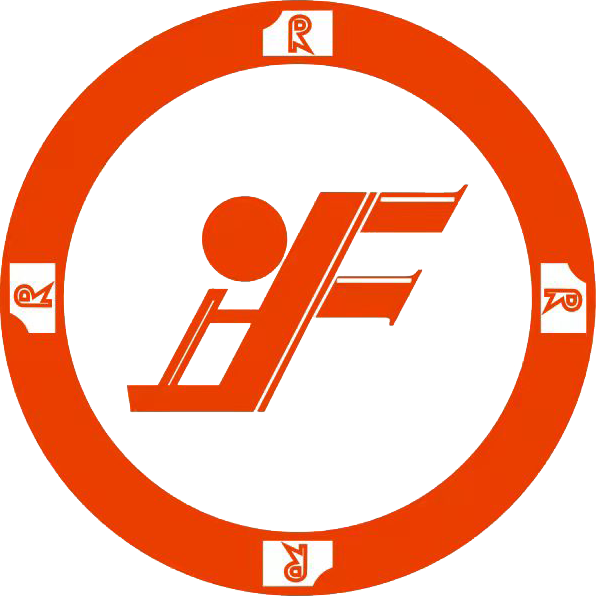The Importance of Copper Cathodes
Copper cathodes are essential components in the production of copper, which plays a crucial role in various industries. In the context of renewable energy, copper is particularly significant due to its electrical conductivity, durability, and recyclability. It is extensively used in the manufacturing of electrical wiring, solar panels, wind turbines, and energy storage systems. As South Korea continues to expand its renewable energy infrastructure, the demand for copper cathodes is projected to rise significantly.
Current Supply Chain Dynamics
Currently, South Korea relies on both domestic and international sources for its copper cathode supply. The local mining industry is relatively limited, leading to heavy imports. Major suppliers include countries with rich copper reserves such as Chile, Peru, and China. The fluctuation in global copper prices, driven by market demand and geopolitical factors, can affect South Korea's supply chain dynamics greatly.
Trends in Renewable Energy Adoption
The South Korean government has set ambitious targets for renewable energy adoption as part of its Green New Deal initiative. This plan aims to increase the share of renewable energy in the national energy mix to 20% by 2030. Increasing investments in solar and wind energy projects are expected to drive up the demand for copper cathodes substantially. Furthermore, the transition to electric vehicles (EVs) is another significant factor contributing to copper demand, as copper is a vital material in EV batteries and infrastructure.
Challenges Facing the Copper Cathode Supply
Despite the growing demand, there are several challenges facing the copper cathode supply chain in South Korea's renewable energy sector. These include:
Supply Chain Vulnerabilities: Dependency on international suppliers makes the supply chain vulnerable to disruptions caused by trade disputes, pandemics, and natural disasters.
Fluctuating Prices: Volatility in global copper prices can impact production costs for renewable energy companies.
Environmental Concerns: Copper mining and processing have environmental implications that are increasingly scrutinized by governments and the public.
The Role of Technology in Supply Optimization
Technological advancements are playing a crucial role in optimizing copper cathode supply chains. Innovations in mining technology, recycling processes, and efficient manufacturing techniques can enhance the sustainability of copper production. Moreover, integrating blockchain technology into the supply chain can improve transparency and traceability, ensuring that the materials used in renewable energy projects are sourced responsibly.
Government Initiatives and Policies
The South Korean government has recognized the significance of secure and sustainable copper supplies for its renewable energy ambitions. Policies aimed at boosting domestic production, enhancing recycling rates, and fostering partnerships with foreign suppliers are being implemented. Support for R&D in sustainable mining practices and copper alternatives is also part of the government's strategy to mitigate supply-related challenges. Such initiatives are crucial for ensuring long-term reliability in copper cathode sourcing.
The Future of Copper Cathode Supply in South Korea
Looking forward, the future of copper cathode supply in South Korea's renewable energy sector appears promising but is contingent upon strategic planning and collaborative efforts. Continued research into alternative materials, increased recycling measures, and sustainable sourcing can bolster the resilience of the supply chain. Stakeholders across the board, including government, industry players, and research institutions, must work together to foster innovation and ensure that supply meets the escalating demand.
Conclusion
In conclusion, as South Korea's commitment to renewable energy strengthens, the demand for copper cathodes will inevitably rise. While challenges exist, there are ample opportunities for optimizing supply chains through technology, government policies, and sustainable practices. Emphasizing the importance of responsible sourcing and innovation will be essential for fulfilling South Korea's renewable energy goals. A proactive approach toward navigating supply dynamics will help secure a stable future for copper cathodes in the nation's energy landscape.
FAQs
1. What are copper cathodes used for in renewable energy?
Copper cathodes are primarily used to produce electrical components necessary for solar panels, wind turbines, and energy storage solutions. They are crucial for the efficiency and reliability of renewable energy systems.
2. How does the global market affect South Korea's copper supply?
Global market fluctuations can impact the availability and pricing of copper, making South Korea's supply chain susceptible to international trade dynamics and geopolitical events.
3. What steps is the South Korean government taking to secure copper supplies?
The South Korean government is investing in policies aimed at enhancing domestic production, improving recycling efforts, and establishing partnerships with international copper suppliers to ensure a sustainable supply.
4. Are there sustainable alternatives to copper in renewable energy applications?
Research into alternative materials is ongoing, but copper's unique properties make it a challenging material to replace entirely in many renewable energy applications.
5. How can technology improve the copper supply chain?
Technological innovations can optimize mining processes, enhance recycling methods, and increase supply chain transparency, resulting in a more resilient and sustainable copper supply chain for the renewable energy sector.
Exploring the Future of Copper Cathode Supply in South Koreas Renewable Energy Sector
